What Does CBD Do in Edibles?
Summarize
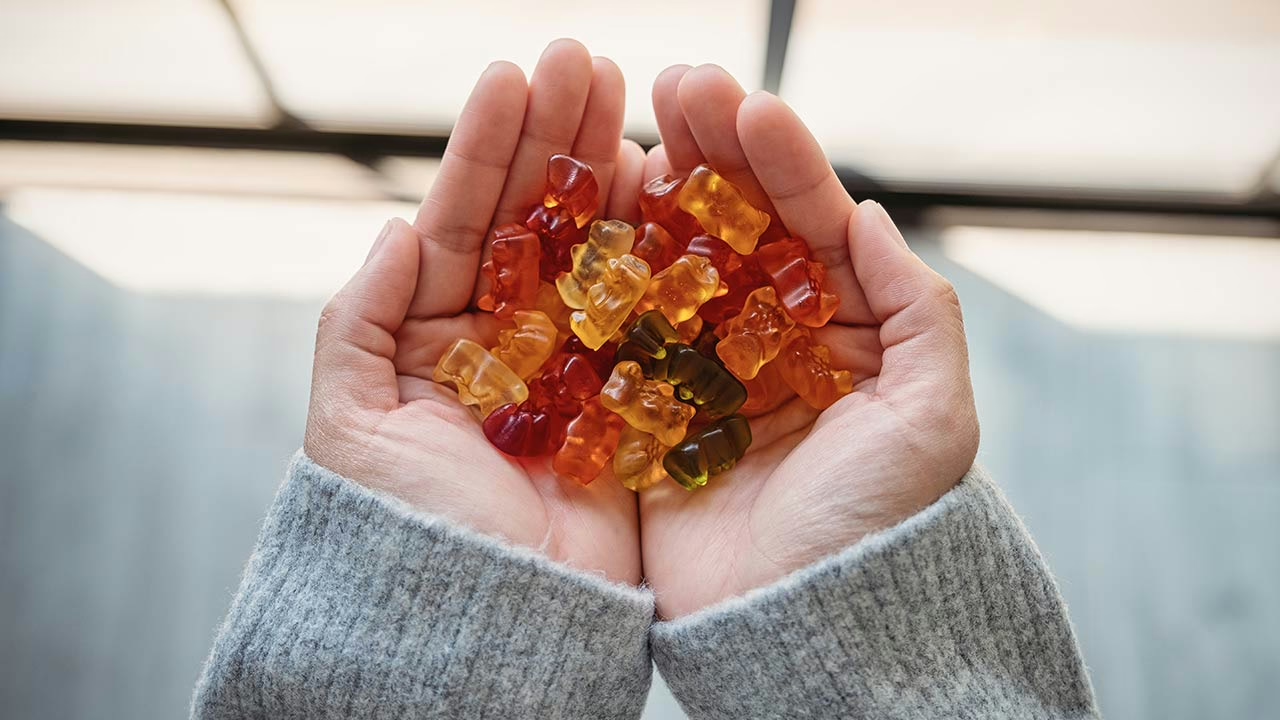
CBD edibles, like gummies and candies, work after digestion, when the infused CBD interacts with the endocannabinoid system (ECS). Effects vary by potency and individual body chemistry, but research and user reports suggest CBD may help support overall wellness.
What Is an Edible?
An edible is a consumable product that is safe to eat, such as food. CBD edible is a food item that has been infused with a CBD extract. Edibles also include beverages since they are digested. The hemp-derived CBD extract may be one of three CBD spectrums.
- Full spectrum CBD gummies are rich in all of the cannabinoids, terpenes and flavonoids the hemp plant offers. You may choose this CBD spectrum to experience the entourage effect, where the various compounds work together.
- Broad spectrum CBD gummies are made with full spectrum extract, but with THC removed to make products that are THC-free or have only a trace of THC that makes it through processing. The THC is considered non-detectable.
- Isolate CBD gummies contain pure CBD. The hemp plant extract is processed to leave only CBD. If you are concerned about taking even a few molecules of THC, then this is the best option.
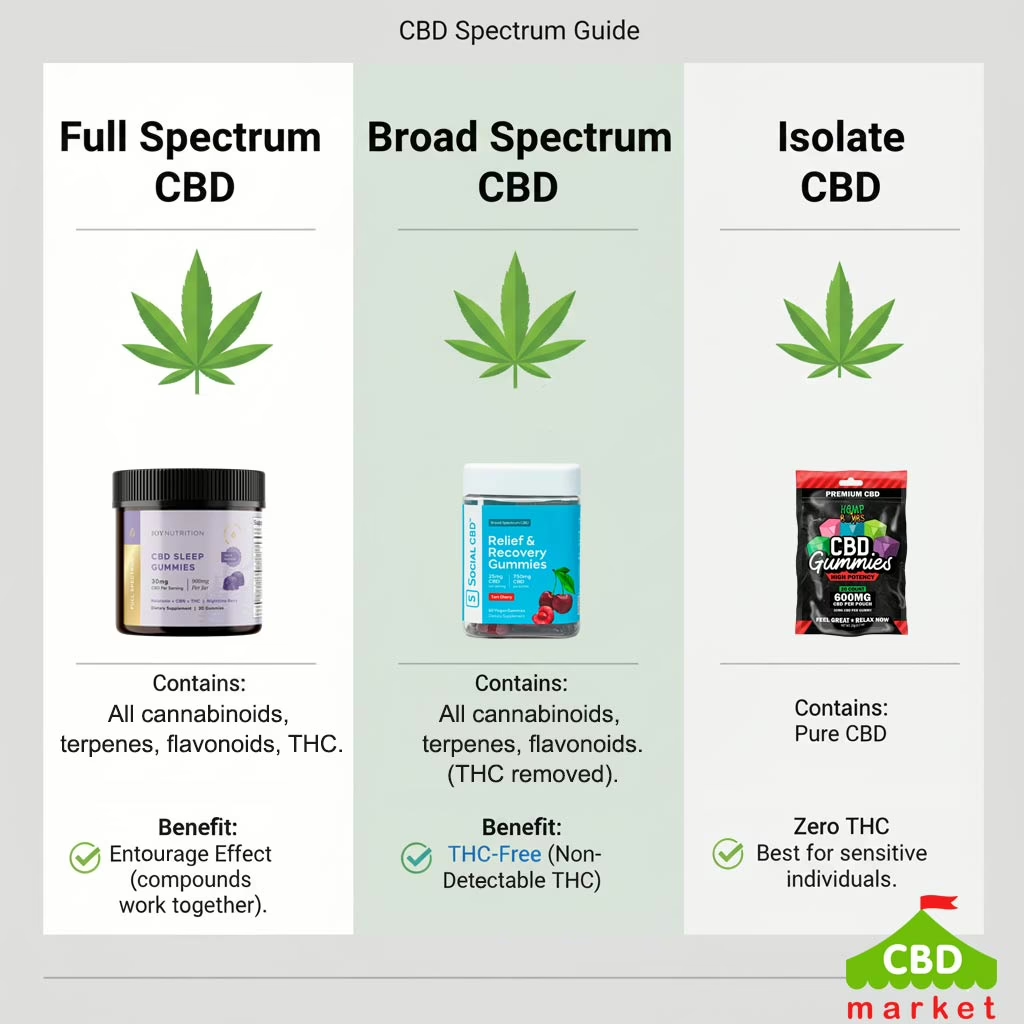
How Does CBD Work in Edibles?
The body has an endocannabinoid system (ECS) that helps regulate emotional and cognitive processes in the central nervous system (CNS). It is also present in the peripheral nervous system. The ECS is a system of receptors and signaling networks that act as a regulatory system. The two primary receptors are the CB1 and CB2 receptors.
Researchers discovered that CBD does not bind strongly to either receptor. Instead, it is believed to indirectly influence these receptors by increasing the levels of natural endocannabinoids, slowing their degradation through the modulation of enzymes. The activity CBD does trigger is strongest at the CB2 receptor.
How CBD works in edibles depends on the ECS and the first-pass metabolism system. When you consume a CBD edible, the cannabinoid must go through first-pass metabolism. The stomach processes some CBD, and the small intestines absorb the majority. Via the intestines, CBD passes into the liver, where it is metabolized by liver enzymes, specifically the P450 enzymes. The metabolites and any original CBD that may not have been metabolized leave the liver and enter the bloodstream. The metabolites are eventually excreted.
CBD edibles have a low bioavailability of approximately 6% when the CBD goes through the first-pass metabolism process. It distributes rapidly once in the bloodstream, reaching the brain, other organs, and fat tissues.
CBD is detectable in the blood 30-60 minutes after consumption, so this is the minimum CBD edibles onset time. CBD is a fat-soluble (lipophilic) compound, so it gets stored in some of the body’s fat cells for gradual release. The slower absorption and the storage in fat cells do mean the effects may last a little longer than they would otherwise.
Several factors influence how CBD works. For example, consuming foods high in fat with CBD can increase CBD bioavailability.
It is possible that sucking an edible, such as a candy, lollipop, or mint, or slowly chewing a gummy, allows some CBD to be absorbed through the membranes in the mouth and directly into the bloodstream. This would increase bioavailability because that amount of CBD bypasses the first-pass metabolism system. In theory, the same may be true for CBD beverages, such as tea, hot chocolate, juice, and coffee.
Understanding the Different Types of CBD Edibles
CBD edibles are growing in popularity because the edible offers precise dosing, convenience and a discreet way to take CBD. Gummies are the largest revenue generator globally, and in the U.S., they accounted for approximately $4.75 billion in sales in 2024.
Gummies are popular, but the CBD edibles market is expanding, so other types of CBD edibles are also available.
1. CBD Gummies
CBD gummies are available in the three CBD spectrums and many are formulated with CBD and various botanicals, vitamins and minerals to serve a specific purpose, like relief, sleep support, muscle recovery, immune support, brain support and energy and focus. They are also available in various potencies, ranging from 10 mg to 200 mg of CBD. Beginners to experienced users can select the one that delivers optimal effects in meeting wellness needs. The CBD gummies are available in various flavors, allowing you to choose your favorite.
2. CBD Mints
CBD mints are made with full spectrum CBD or isolate CBD in refreshing flavors. Like CBD gummies, they are available with additional ingredients, such as caffeine and melatonin.
3. CBD Candies
CBD hard candy with full spectrum CBD is available in flavors such as peppermint and cinnamon. They are convenient to carry, and you can consume a small amount of CBD, such as 10 mg of CBD per candy, as a boost throughout the day.
4. CBD Lollipops
Full spectrum CBD lollipops are another excellent option for consuming a quick CBD dose. A CBD lollipop provides a small dose of CBD, i.e., 3 mg. They are available in different flavors, like tangerine and watermelon.
5. CBD Lozenges
Full-spectrum CBD lozenges soothe the mouth and throat when you let them dissolve slowly while delivering CBD to the mouth’s membranes, where it can enter the bloodstream. Like the CBD lollipops, each CBD lozenge has a small amount of CBD, typically 5 mg per lozenge.
6. CBD Honey
CBD honey is growing in popularity, so there is a growing range of flavors, like hibiscus, goji berry, lemon ginger and aji limo chili. The honey is made with full spectrum CBD, and depending on the option picked, is packed with vitamins, minerals, botanicals and other natural ingredients. The honey can be used in recipes or added to a hot cup of tea.
7. CBD Beverages
You may not consider CBD beverages an edible, but by definition, they are. CBD beverages are consumed and digested. They include CBD drink mix, tea, coffee, hot chocolate and more.
Technically, CBD tinctures are edibles because oil is placed under the tongue, held and then swallowed. Since most CBD bypasses the digestive system, tinctures are typically included in the oil category. CBD capsules, pills and tablets are also technically considered edibles because they are swallowed and pass through the digestive system. However, they are not considered food products.
Also, you can make your own CBD edible by adding oil to a recipe or beverage. A CBD oil bottle features a dropper with pre-marked measurements, making it easy to determine the exact amount of CBD milliliters you are adding to your food. The higher the potency, the more CBD is in each drop.
Some of the features to look for in various CBD edibles to help narrow your selection include all-natural flavors, organic, vegan, non-GMO, additive-free, and allergen-free options. You should also review the Certificate of Analysis (COA) to verify that the product is pesticide-free, metal-free, solvent-free and does not contain other toxins.
CBD Edible Dosage Tips
The following are some practical CBD edible dosage tips.
If a CBD beginner, start with a low potency product, like a CBD gummy with 10 mg of CBD per serving. Allow CBD time to take effect, which means waiting at least an hour. You can take more in a couple of hours if you are not satisfied with the results. You also have the option of cutting a CBD edible, such as a gummy or mint, in half if it is too potent.
➥ Step Up Gradually
It is important to increase the dosage in steps and allow time for the CBD to work at each potency level. For example, if you start with 10 mg per serving of a CBD gummy, you could try a 25 mg per serving CBD gummy in a week or two.
➥ Check the COA First
You should buy your CBD edibles from an established brand with a good reputation for honest labeling and producing high-quality products. A good CBD edible has the amount of CBD stated on the label and in the Certificate of Analysis (COA) report.
➥ Choose THC-free Edibles
Choose isolate CBD edibles if you want to ensure the product is THC-free.
➥ Find Your Dosage
There is no universal dosage recommendation. You will have to find the dosage that works best with your body chemistry.
➥ Adjust Your CBD Intake
You can adjust the routine dosage as needed. For example, if you are feeling a lot of tension one day, increase the CBD dosage for a day or two. Then return to your routine dosage amount.
How Do CBD Edibles Make You Feel?
There is significant research demonstrating that CBD may produce various effects. It is non-psychoactive, so you will not experience a high.
It is believed that by acting as a negative allosteric modulator (decreases the GABAA receptor protein), CBD may modulate various neurotransmission pathways in positive ways, including those involving serotonin and opioid systems. Through its action on various receptors, researchers have found that CBD effects may include significantly blocking discomfort, and improving mood.
Your unique biology, like metabolic rate and weight, influences how quickly CBD effects are felt. As mentioned, consuming a high-fat meal while taking CBD speeds up the absorption. The potency, spectrum, dosage amount and dosage frequency also influence how edibles affect you. So, there is not a single answer to how CBD edibles make you feel.
Generally, the effects of CBD will last between 2 and 6 hours after it is absorbed into the bloodstream. The actual time depends on your body chemistry, the potency and the dosage. One of the factors that influences the CBD edibles duration is how often you take this cannabinoid. CBD accumulates in adipose (fat), muscle and liver tissues. The tissues then release CBD into the bloodstream.
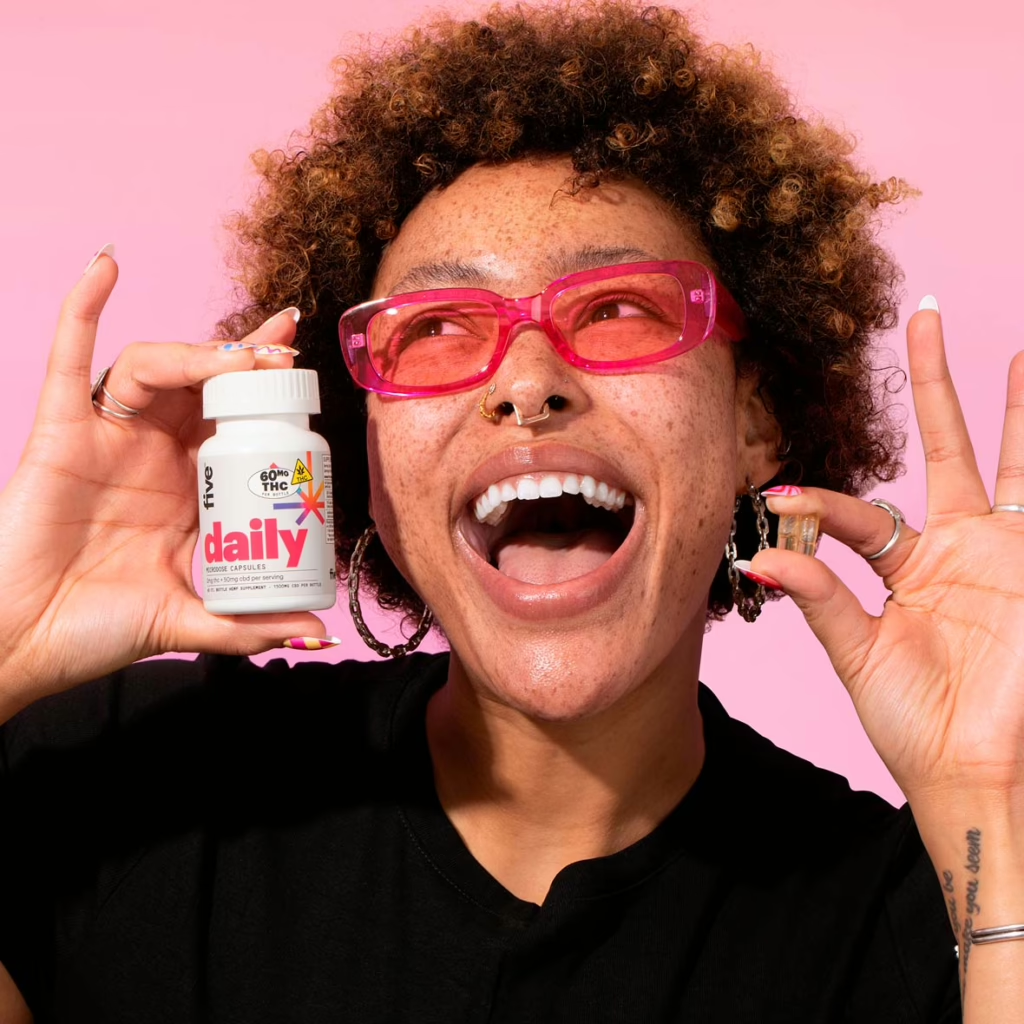
Tasty Side of CBD Edibles
Edibles are the tasty side of CBD consumption. If you do not like taking oils or find it inconvenient to consume, then it’s a good option. You will find an excellent selection of CBD products to meet every need. Just remember to be patient if you are a beginner and be willing to experiment with various potencies and dosages.
Sources
- https://www.rn.com/blog/clinical-insights/clearing-cbd-confusion/
- https://www.cannify.us/education/cannabis-and-the-body/cannabinoid-clinical-pharmacology/what-your-body-does-to-cannabis-pharmacokinetics/
- https://pmc.ncbi.nlm.nih.gov/articles/PMC8803256/
- https://pmc.ncbi.nlm.nih.gov/articles/PMC8230802/#sec4-molecules-26-03573
- https://www.grandviewresearch.com/industry-analysis/cbd-gummies-market
- https://pmc.ncbi.nlm.nih.gov/articles/PMC10458707/#sec5-molecules-28-05980
- https://pmc.ncbi.nlm.nih.gov/articles/PMC8221009/#sec8
- https://pmc.ncbi.nlm.nih.gov/articles/PMC9146469/
Share this post


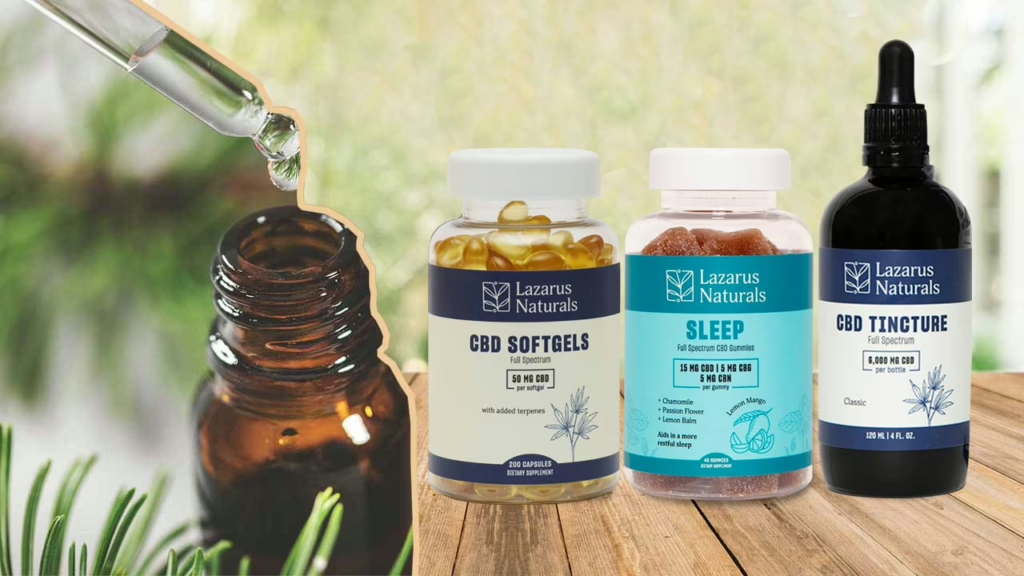
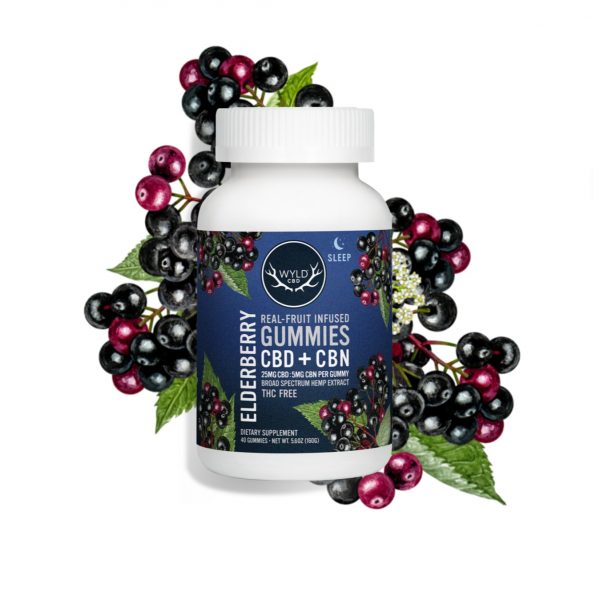
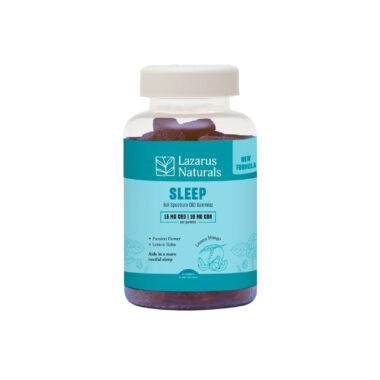
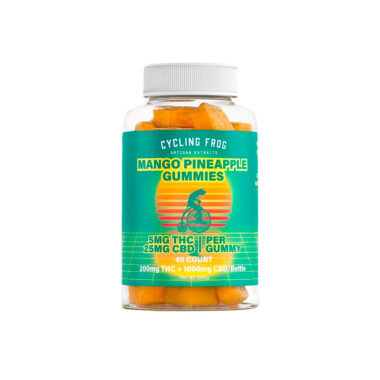
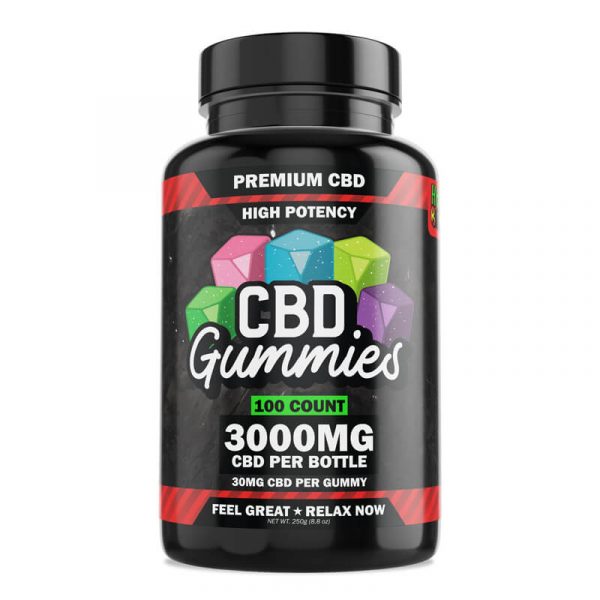
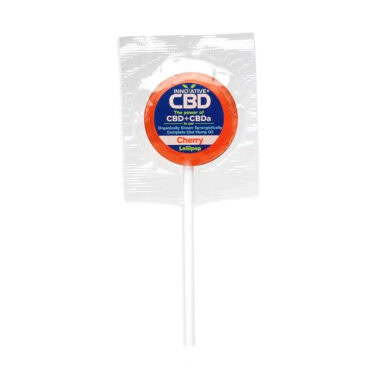
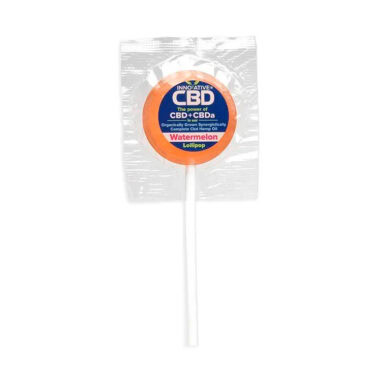
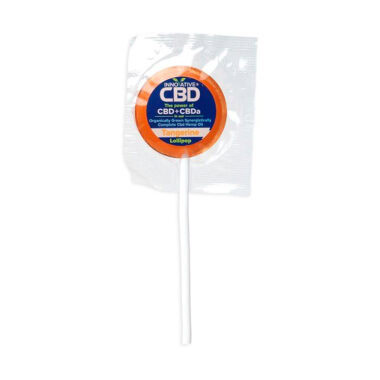
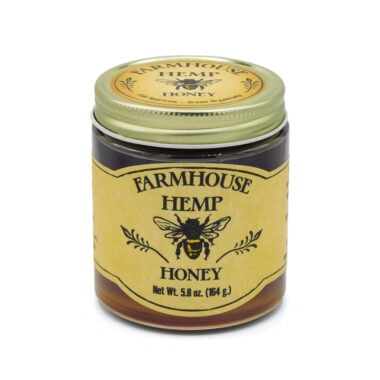
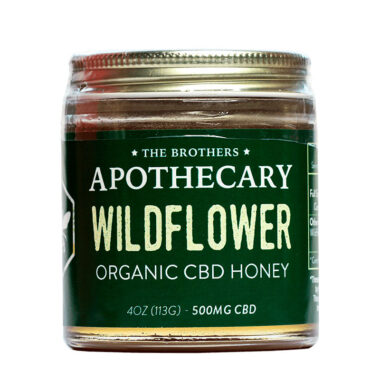
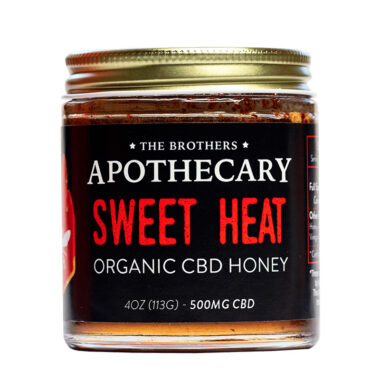
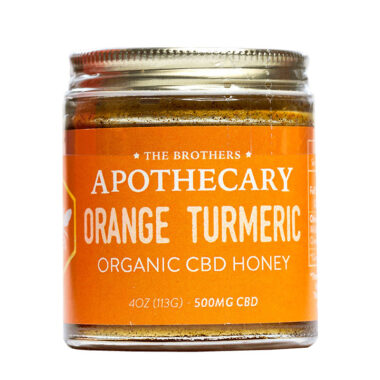
0